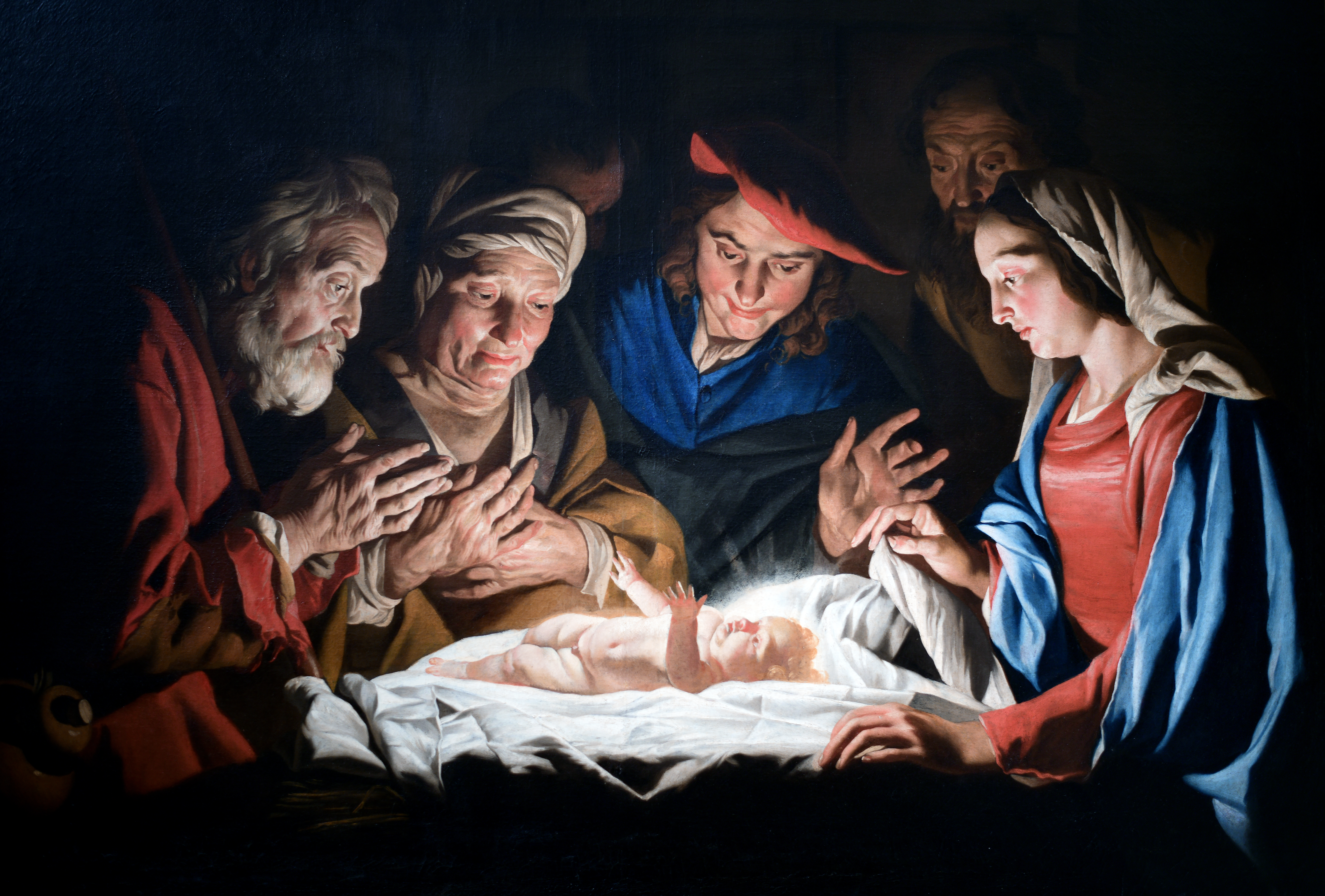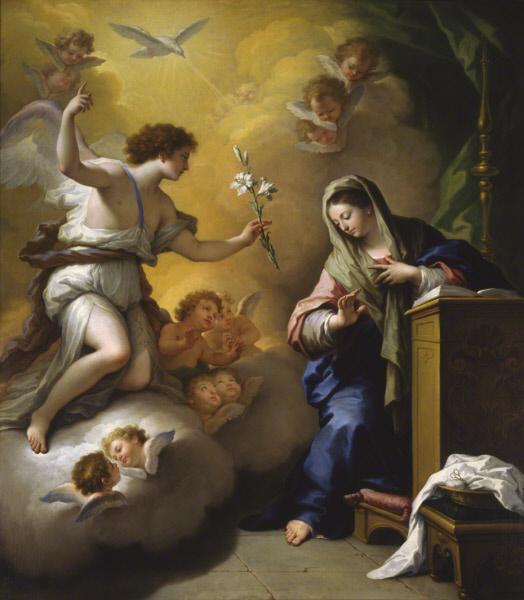|
Lorsch Gospels
The ''Codex Aureus of Lorsch'' or Lorsch Gospels (Biblioteca Apostolica Vaticana, Pal. lat. 50, and Alba Iulia, Biblioteca Documenta Batthyaneum, s.n.) is an illuminated Gospel Book written in Latin between 778 and 820, roughly coinciding with the period of Charlemagne's rule over the Frankish Empire. Both the manuscript and the carved ivory panels from the cover are rare and important survivals from the art of this period. The current location of the various original parts is: * Batthyaneum Library, Alba Iulia, Romania: Gospels of Matthew and Mark, and canon tables and preliminary matter * Vatican Library: Gospels of Luke and John, and the ivory panels from the rear cover * Victoria and Albert Museum, London: the ivory panels from the front cover (Inv.-Nr. 138–1866) History It was first recorded in Lorsch Abbey ( Germany), for which it was presumably written, and where it was mentioned as ''Evangelium scriptum cum auro pictum habens tabulas eburneas'' in the catalo ... [...More Info...] [...Related Items...] OR: [Wikipedia] [Google] [Baidu] |
Bibliotheca Palatina
The Bibliotheca Palatina ("Palatinate library") of Heidelberg was the most important library of the German Renaissance, numbering approximately 5,000 printed books and 3,524 manuscripts. The Bibliotheca was a prominent prize captured during the Thirty Years' War, taken as booty by Maximilian of Bavaria, and given to the Pope in a symbolic and political gesture. While some of the books and manuscripts are now held by the University of Heidelberg, the bulk of the original collection is now an integral part of the Bibliotheca Apostolica Vaticana at the Vatican. The important collection of German-language manuscripts have shelf-marks beginning cpg (older usage: Cod. Pal. ger., for "Codices Palatini germanici"), while the vast Latin manuscript collection has shelf-marks with cpl (or Cod. Pal. lat., for "Codices Palatini latini"). Foundation In the 1430s, Elector Louis III founded the ''Stiftsbibliothek'' in the Heiliggeistkirche, which had good light for reading. This library for ... [...More Info...] [...Related Items...] OR: [Wikipedia] [Google] [Baidu] |
London
London is the capital and List of urban areas in the United Kingdom, largest city of England and the United Kingdom, with a population of just under 9 million. It stands on the River Thames in south-east England at the head of a estuary down to the North Sea, and has been a major settlement for two millennia. The City of London, its ancient core and financial centre, was founded by the Roman Empire, Romans as ''Londinium'' and retains its medieval boundaries.See also: Independent city#National capitals, Independent city § National capitals The City of Westminster, to the west of the City of London, has for centuries hosted the national Government of the United Kingdom, government and Parliament of the United Kingdom, parliament. Since the 19th century, the name "London" has also referred to the metropolis around this core, historically split between the Counties of England, counties of Middlesex, Essex, Surrey, Kent, and Hertfordshire, which largely comprises Greater London ... [...More Info...] [...Related Items...] OR: [Wikipedia] [Google] [Baidu] |
Nativity Of Christ
The nativity of Jesus, nativity of Christ, birth of Jesus or birth of Christ is described in the biblical gospels of Luke and Matthew. The two accounts agree that Jesus was born in Bethlehem in Judaea, his mother Mary was engaged to a man named Joseph, who was descended from King David and was not his biological father, and that his birth was caused by divine intervention. Many modern scholars consider the birth narratives unhistorical because they are laced with theology and present two different accounts which cannot be harmonised into a single coherent narrative. But many others view the discussion of historicity as secondary, given that gospels were primarily written as theological documents rather than chronological timelines. The nativity is the basis for the Christian holiday of Christmas, and plays a major role in the Christian liturgical year. Many Christians traditionally display small manger scenes depicting the nativity in their homes, or attend nativity plays ... [...More Info...] [...Related Items...] OR: [Wikipedia] [Google] [Baidu] |
Madonna (art)
In art, a Madonna () is a representation of Mary, either alone or with her child Jesus. These images are central icons for both the Catholic and Orthodox churches. The word is (archaic). The Madonna and Child type is very prevalent in Christian iconography, divided into many traditional subtypes especially in Eastern Orthodox iconography, often known after the location of a notable icon of the type, such as the ''Theotokos of Vladimir'', '' Agiosoritissa'', '' Blachernitissa'', etc., or descriptive of the depicted posture, as in ''Hodegetria'', '' Eleusa'', etc. The term ''Madonna'' in the sense of "picture or statue of the Virgin Mary" enters English usage in the 17th century, primarily in reference to works of the Italian Renaissance. In an Eastern Orthodox context, such images are typically known as ''Theotokos''. "Madonna" may be generally used of representations of Mary, with or without the infant Jesus, is the focus and central figure of the image, possibly fla ... [...More Info...] [...Related Items...] OR: [Wikipedia] [Google] [Baidu] |
Vatican Museums
The Vatican Museums ( it, Musei Vaticani; la, Musea Vaticana) are the public museums of the Vatican City. They display works from the immense collection amassed by the Catholic Church and the papacy throughout the centuries, including several of the most well-known Roman sculptures and most important masterpieces of Renaissance art in the world. The museums contain roughly 70,000 works, of which 20,000 are on display, and currently employ 640 people who work in 40 different administrative, scholarly, and restoration departments. Pope Julius II founded the museums in the early 16th century. The Sistine Chapel, with its ceiling and altar wall decorated by Michelangelo, and the Stanze di Raffaello (decorated by Raphael) are on the visitor route through the Vatican Museums. In 2020, due to the COVID-19 pandemic, the Vatican Museums were visited by only 1,300,000 persons, a drop of 81 percent from the number of visitors in 2019, but still enough to rank the museums fourth among th ... [...More Info...] [...Related Items...] OR: [Wikipedia] [Google] [Baidu] |
Archangel
Archangels () are the second lowest rank of angel in the hierarchy of angels. The word ''archangel'' itself is usually associated with the Abrahamic religions, but beings that are very similar to archangels are found in a number of other religious traditions. Archangels also appear in the religious texts of Gnosticism. The English word ''archangel'' is derived from Greek ἀρχάγγελος (arkhángelos), the Greek prefix "arch-" meaning "chief". A common misconception is that archangels are the highest rank of angel, this misconception stems from John Milton's ''Paradise Lost'' and likely confusion over the "arch-" prefix. Description Michael and Gabriel are recognized as archangels in Judaism, Islam, and by most Christians. Some Protestants consider Michael to be the only archangel. Raphael—mentioned in the deuterocanonical Book of Tobit—is also recognized as a chief angel in the Catholic and Eastern Orthodox churches. Gabriel, Michael, and Raphael are v ... [...More Info...] [...Related Items...] OR: [Wikipedia] [Google] [Baidu] |
Christ Treading On The Beasts
Christ treading on the beasts is a subject found in Late Antique and Early Medieval art, though it is never common. It is a variant of the "Christ in Triumph" subject of the resurrected Christ, and shows a standing Christ with his feet on animals, often holding a cross-staff which may have a spear-head at the bottom of its shaft, or a staff or spear with a cross-motif on a pennon. Some art historians argue that the subject exists in an even rarer pacific form as "Christ recognised by the beasts". Iconography The iconography derives from Biblical texts, in particular Psalm 91 (90):13: "super aspidem et basiliscum calcabis conculcabis leonem et draconem" in the Latin Vulgate, literally "The asp and the basilisk you will trample under foot/you will tread on the lion and the dragon", translated in the King James Version as: Thou shalt tread upon the lion and adder: the young lion and the dragon shalt thou trample under feet". This was interpreted as a reference to Christ def ... [...More Info...] [...Related Items...] OR: [Wikipedia] [Google] [Baidu] |
Relief
Relief is a sculptural method in which the sculpted pieces are bonded to a solid background of the same material. The term '' relief'' is from the Latin verb ''relevo'', to raise. To create a sculpture in relief is to give the impression that the sculpted material has been raised above the background plane. When a relief is carved into a flat surface of stone (relief sculpture) or wood ( relief carving), the field is actually lowered, leaving the unsculpted areas seeming higher. The approach requires a lot of chiselling away of the background, which takes a long time. On the other hand, a relief saves forming the rear of a subject, and is less fragile and more securely fixed than a sculpture in the round, especially one of a standing figure where the ankles are a potential weak point, particularly in stone. In other materials such as metal, clay, plaster stucco, ceramics or papier-mâché the form can be simply added to or raised up from the background. Monumental bronze relief ... [...More Info...] [...Related Items...] OR: [Wikipedia] [Google] [Baidu] |
Ivory
Ivory is a hard, white material from the tusks (traditionally from elephants) and teeth of animals, that consists mainly of dentine, one of the physical structures of teeth and tusks. The chemical structure of the teeth and tusks of mammals is the same, regardless of the species of origin, but ivory contains structures of mineralised collagen. The trade in certain teeth and tusks other than elephant is well established and widespread; therefore, "ivory" can correctly be used to describe any mammalian teeth or tusks of commercial interest which are large enough to be carved or scrimshawed. Besides natural ivory, ivory can also be produced synthetically, hence (unlike natural ivory) not requiring the retrieval of the material from animals. Tagua nuts can also be carved like ivory. The trade of finished goods of ivory products has its origins in the Indus Valley. Ivory is a main product that is seen in abundance and was used for trading in Harappan civilization. Finished iv ... [...More Info...] [...Related Items...] OR: [Wikipedia] [Google] [Baidu] |
Ignác Batthyány
Ignác Batthyány (born 30 June 1741, Németújvár (present-day Güssing), Kingdom of Hungary; died 17 November 1798, Gyulafehérvár (present-day Alba Iulia), Principality of Transylvania) was a Roman Catholic Bishop of Transylvania. He was librarian at the Collegium Germanicum et Hungaricum in Rome. After being appointed as bishop of Transylvania in 1781, he described himself as "the zealous protector and promoter of the sciences in Transylvania.” Ignác Batthyány was the founder of the Batthyaneum Library in Gyulafehérvár (Alba Iulia). Between 1792-1798 he commissioned the restoration of Martinuzzi Castle Martinuzzi Castle, also known as Alvinc Castle,István Keul (2009). Early Modern Religious Communities in East-Central Europe: Ethnic Diversity, Denominational Plurality, and Corporative Politics in the Principality of Transylvania (1526–169 ....András KovácsBatthyány Ignác püspök és az alvinci kastély (Bishop Ignatius Batthyány and the Castle from V ... [...More Info...] [...Related Items...] OR: [Wikipedia] [Google] [Baidu] |



_of_the_Pinacoteca_Vaticana.jpg)



